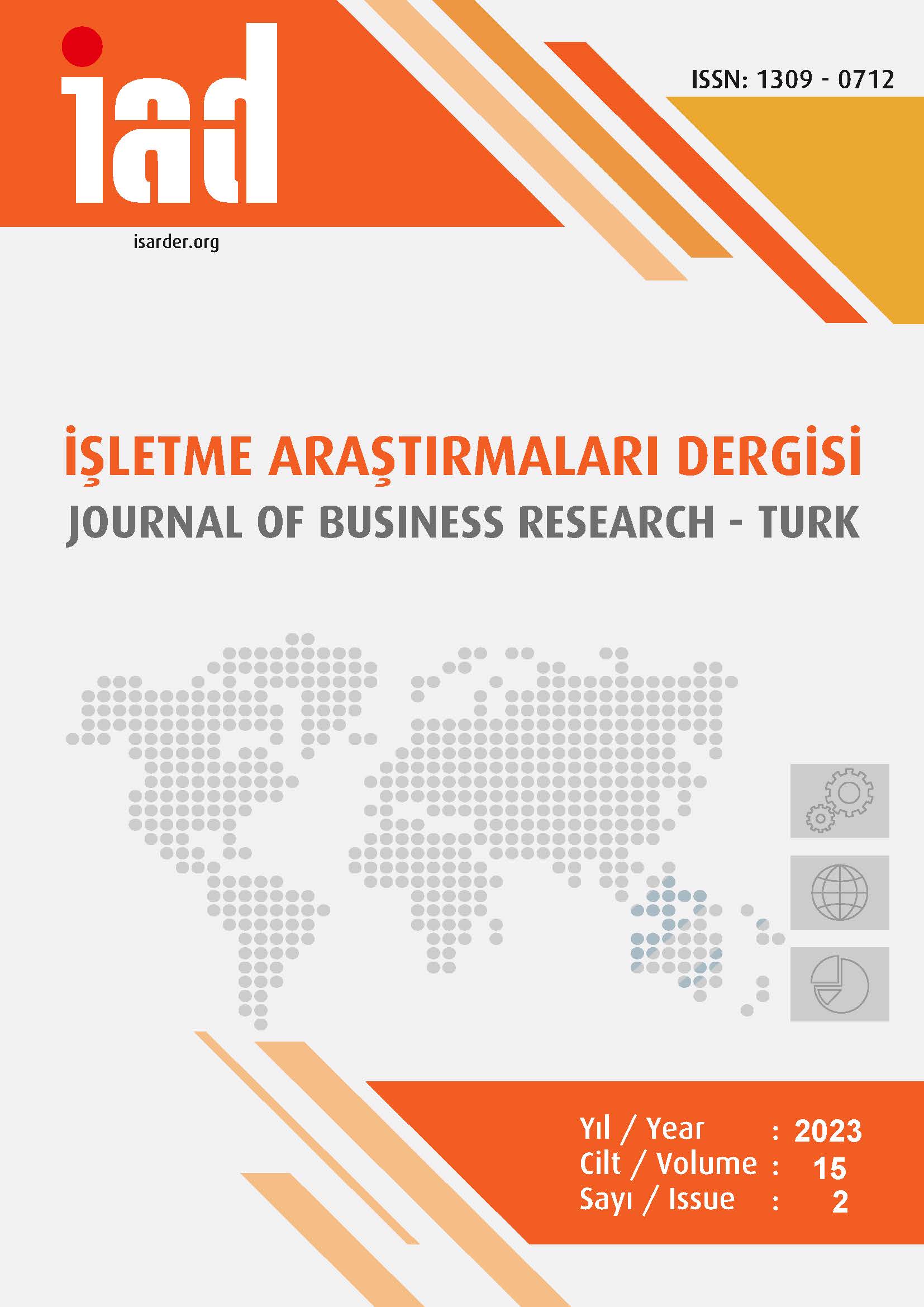Investigation of The Relationship Between Workplace Ostracism and Turnover Intention By Meta-Analysis Method
DOI:
https://doi.org/10.20491/isarder.2023.1647Keywords:
Workplace ostracism, Turnover intentionsAbstract
Purpose – The aim of this study is to determine whether there is a relationship between organizational ostracism, which is one of the negative aspects of organizational behavior, and employees' intention to quit. This determination is considered important both for employees who are subjected to ostracism and for businesses that bear the costs generated by staff turnover. Design/methodology/approach – In this study, the relationship between variables was evaluated using meta-analysis, which is a quantitative research method. In this context, a search was conducted for full-text articles, master's theses, books, and symposium papers published between 2010 and 2022 in the national and international literature. As a result of the search, a total of 27 academic studies (n= 8115) were included in the meta-analysis, including 23 articles, 1 master's thesis, and 3 symposium full-text papers that met the predetermined criteria. Findings – In the study, publication bias was determined by Funnel Chart, Begg and Mazumdar Test, Fail-Safe N Test, and Egger's linear regression test. In addition, Q, I2 , and p values indicate that the studies are heterogeneously distributed. The common effect size value obtained as a result of the analyses carried out by the random-effects method indicates that organizational ostracism has a mid-level correlation with turnover intention. Discussion – The results of the research can be interpreted as employees tend to adopt the idea of changing their jobs as a result of negative emotions arising when they are ostracized by the organizational structure of which they expect to be a part in the social sense.
Downloads
Published
How to Cite
Issue
Section
License

This work is licensed under a Creative Commons Attribution-NoDerivatives 4.0 International License.





